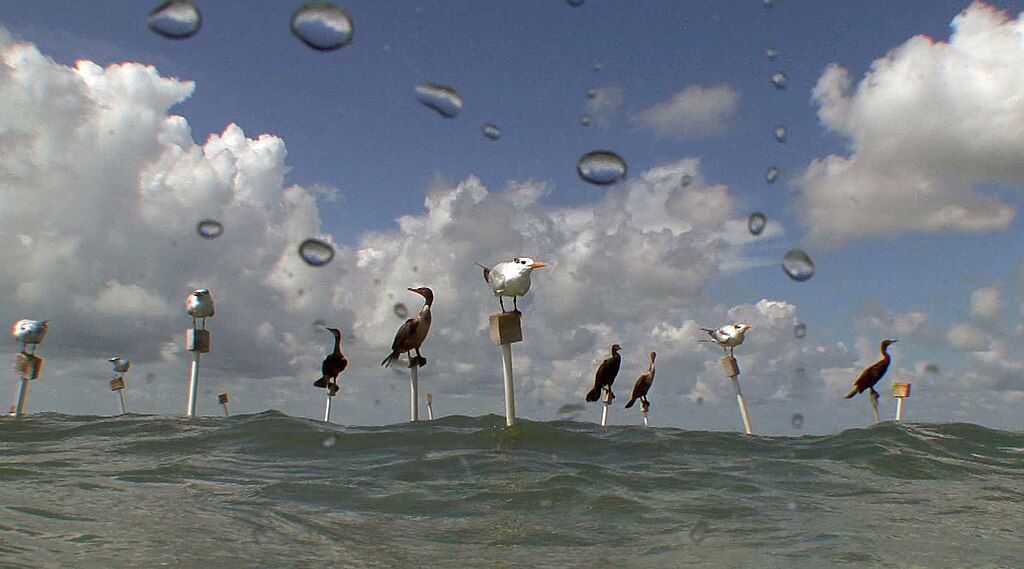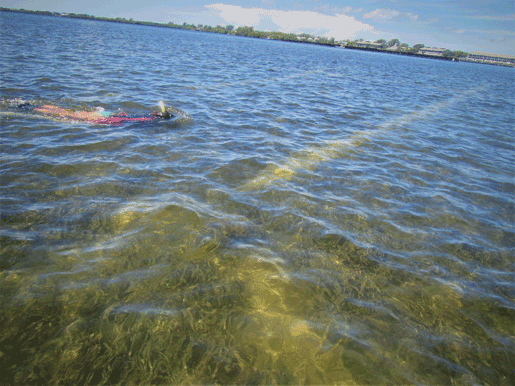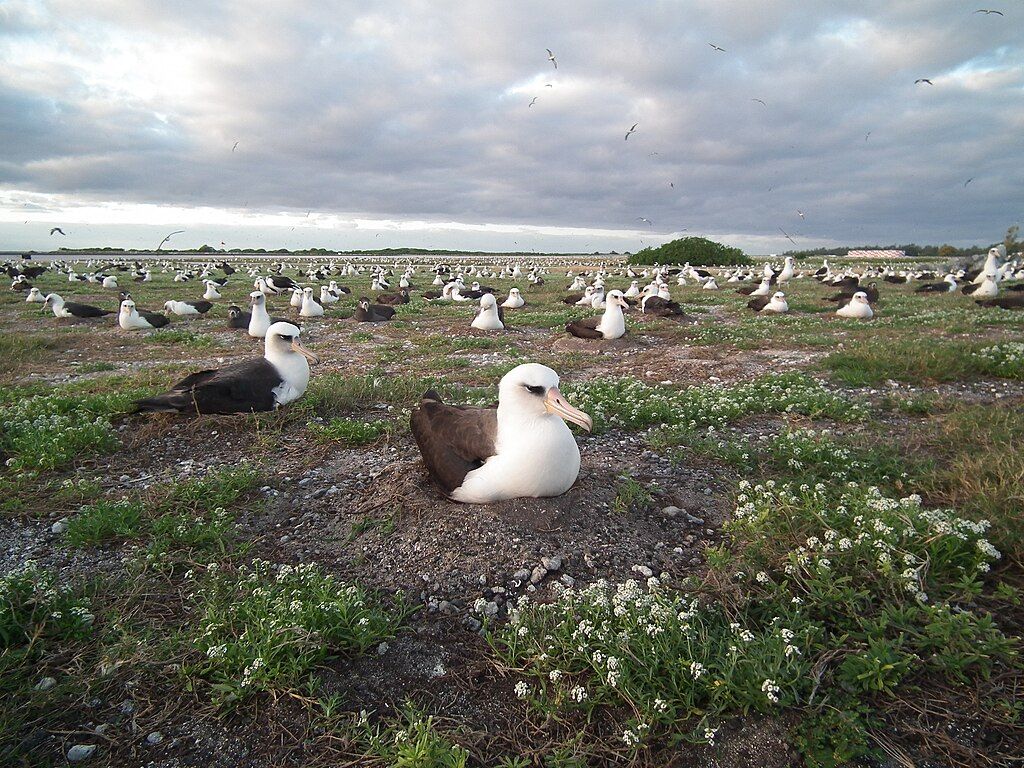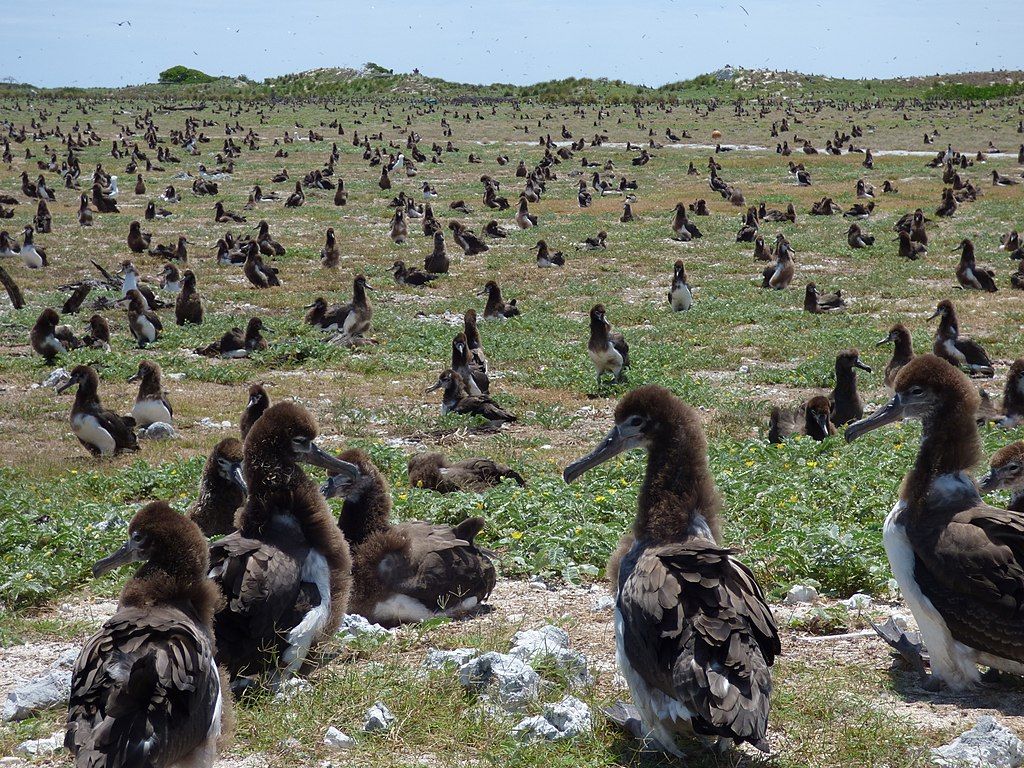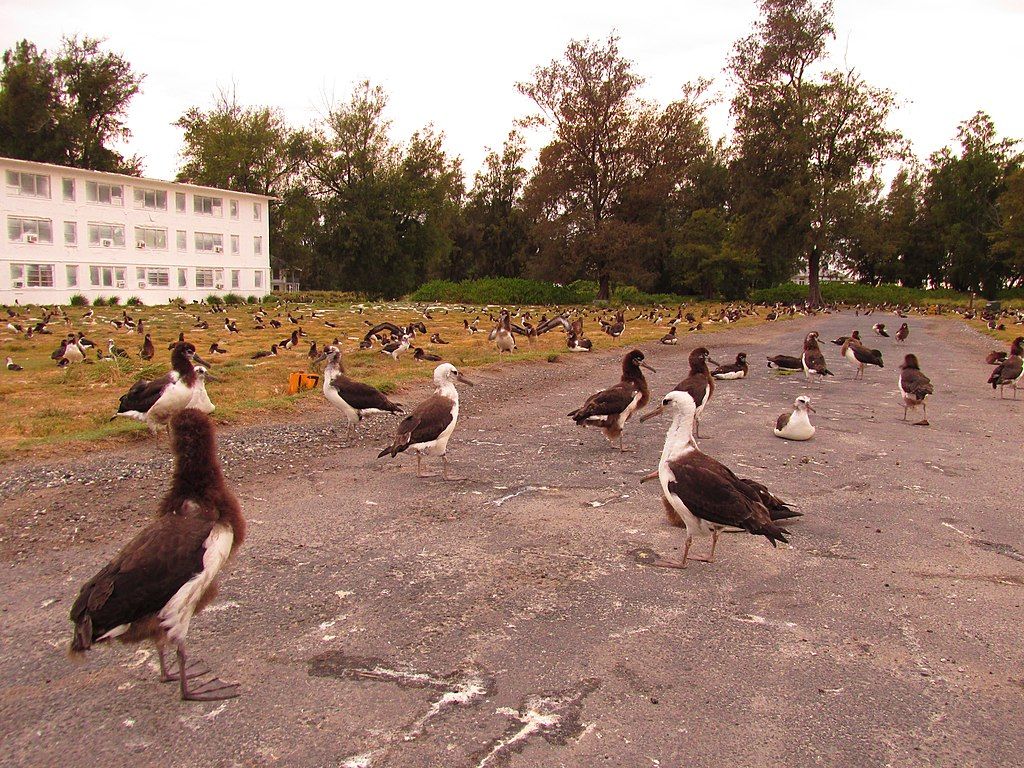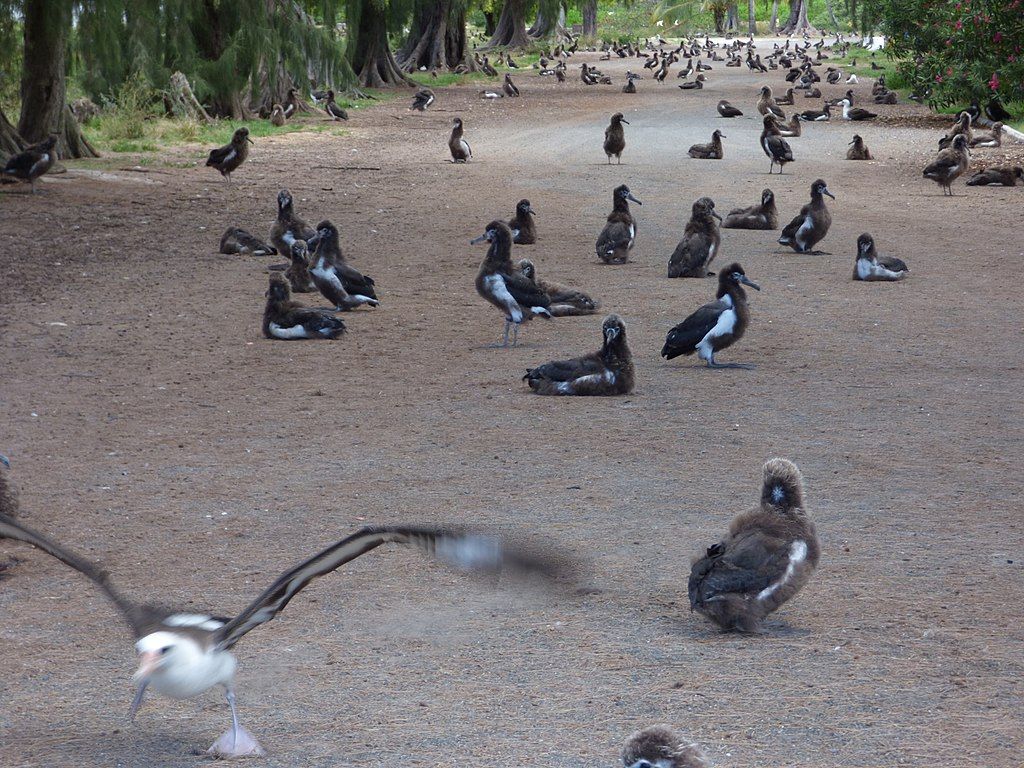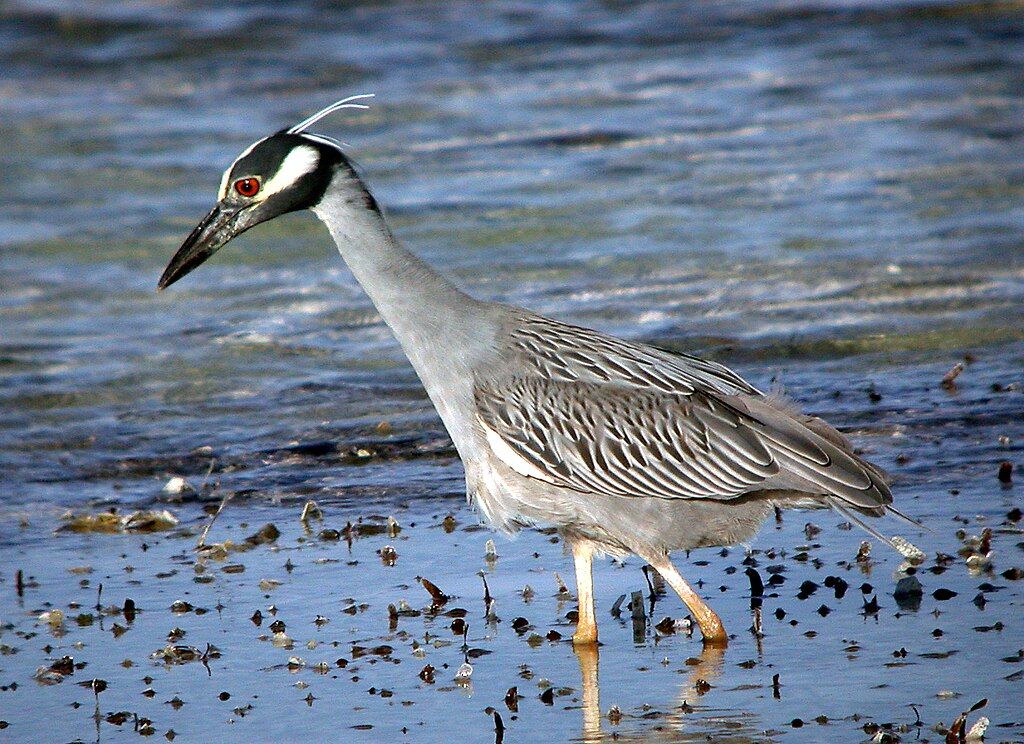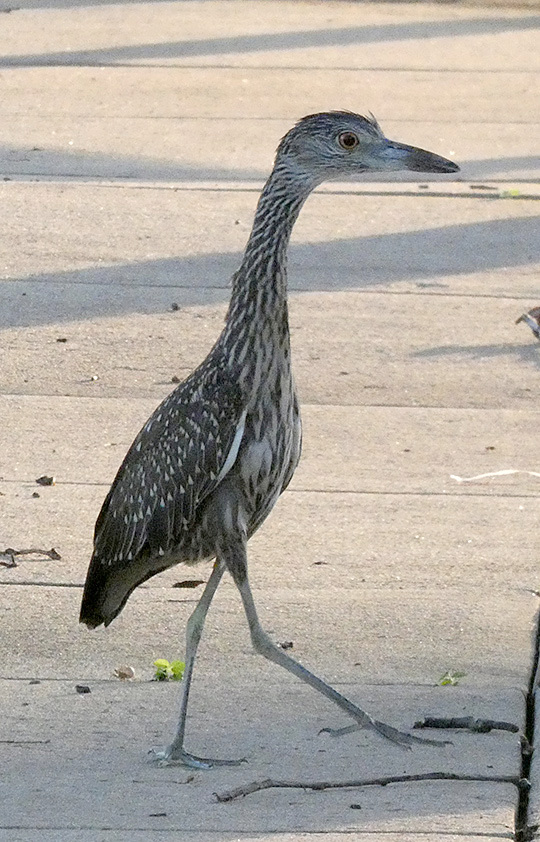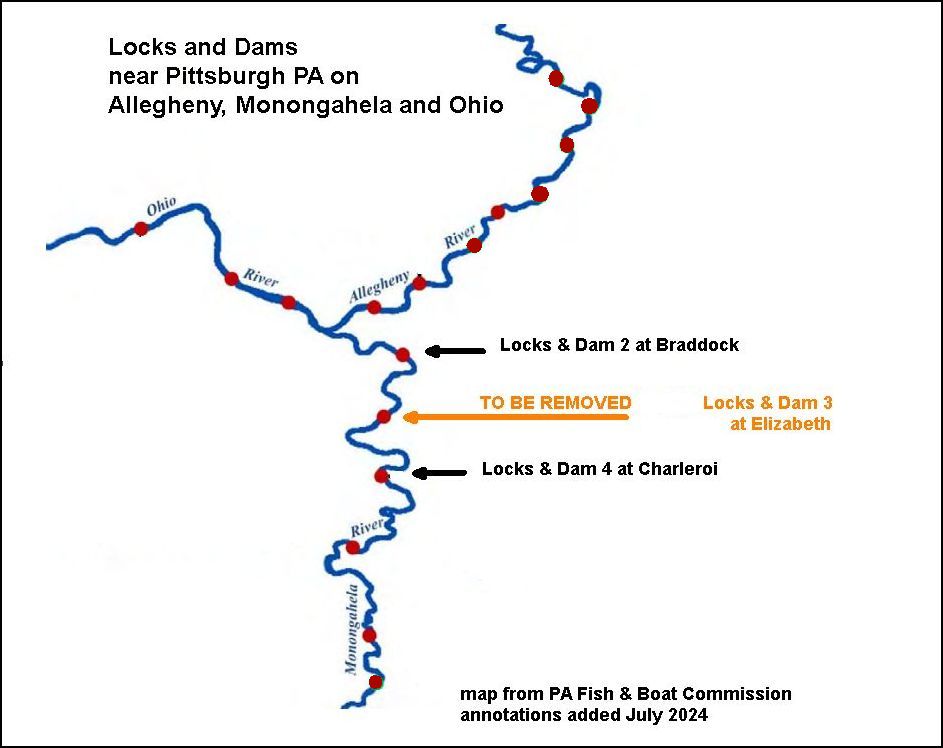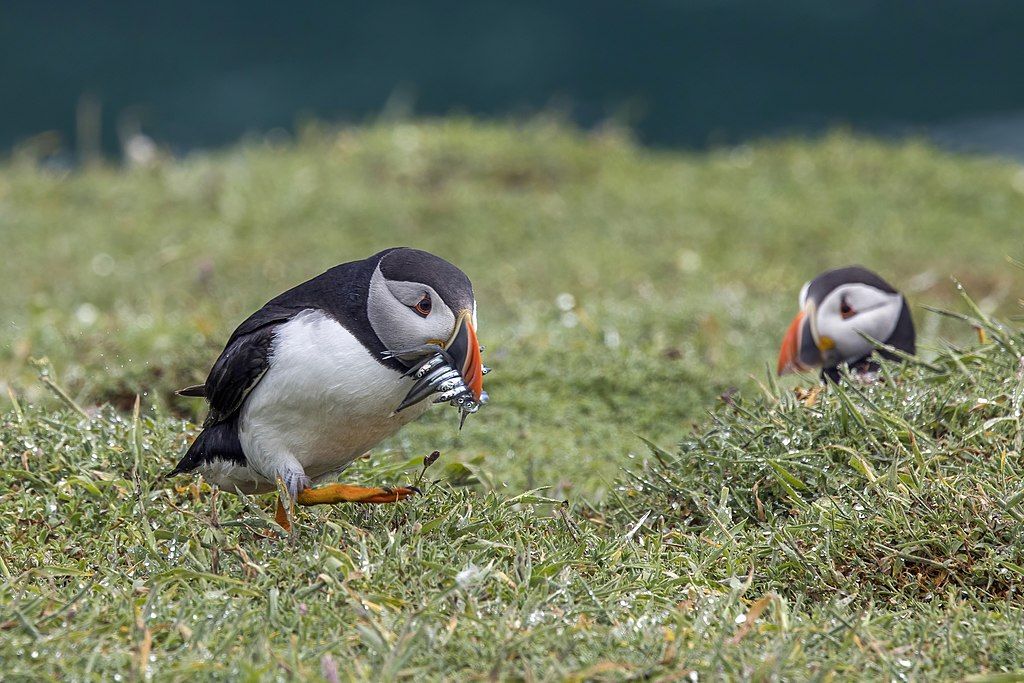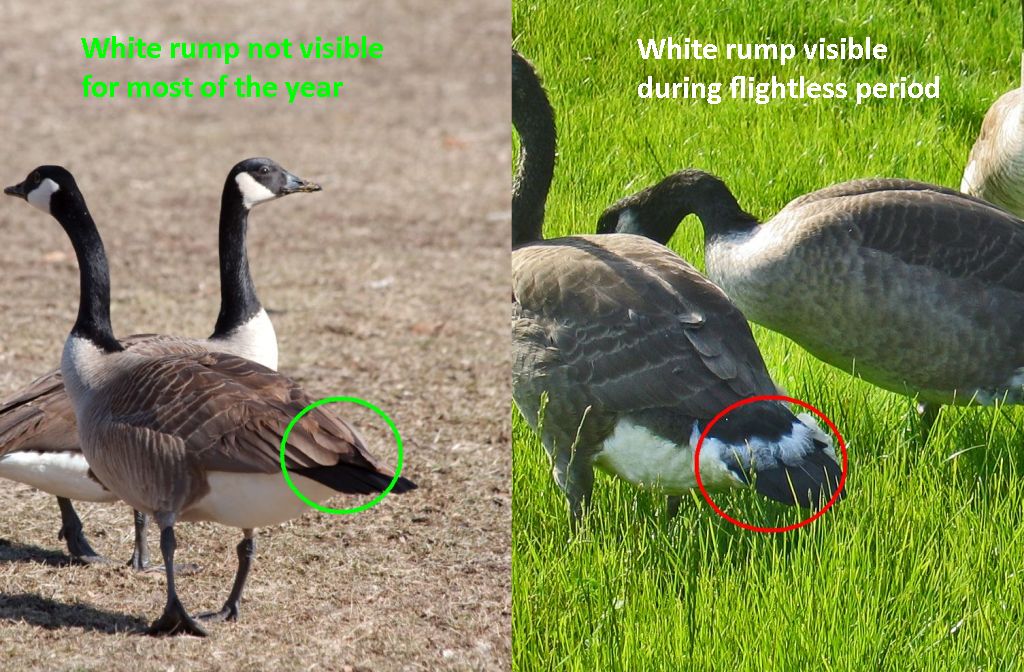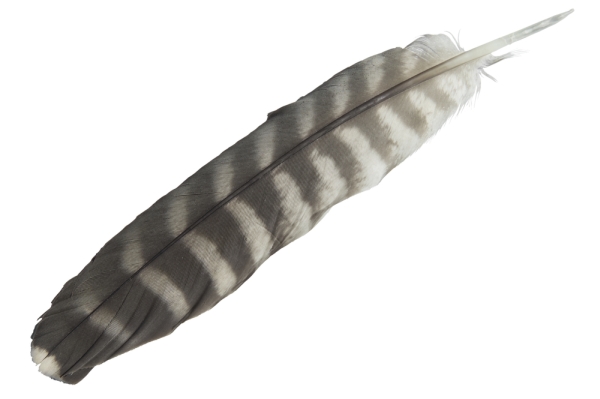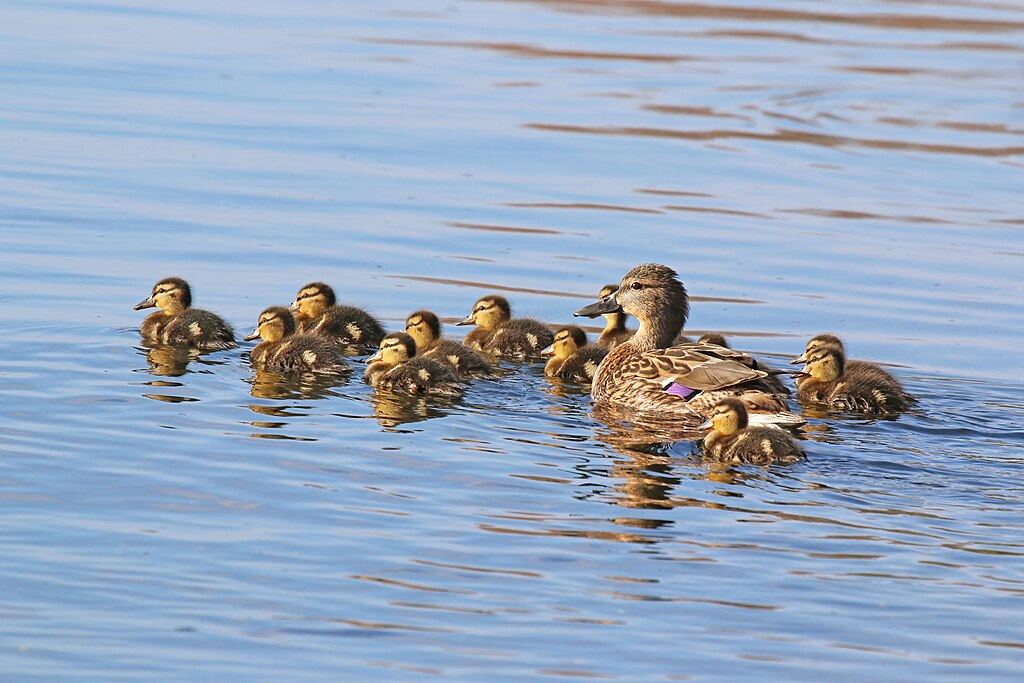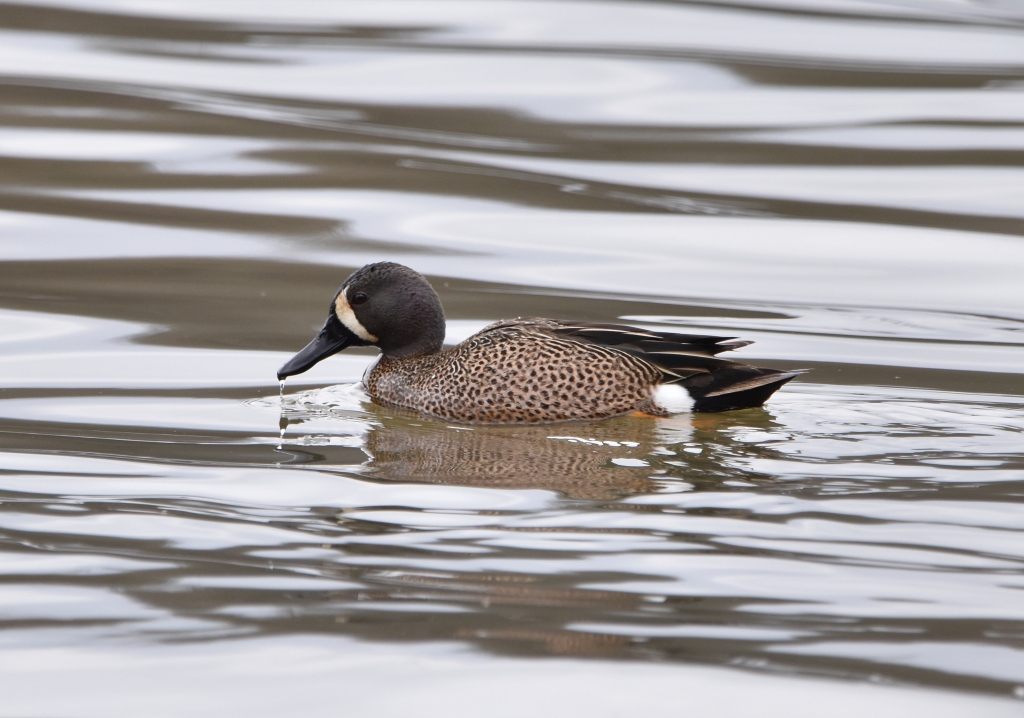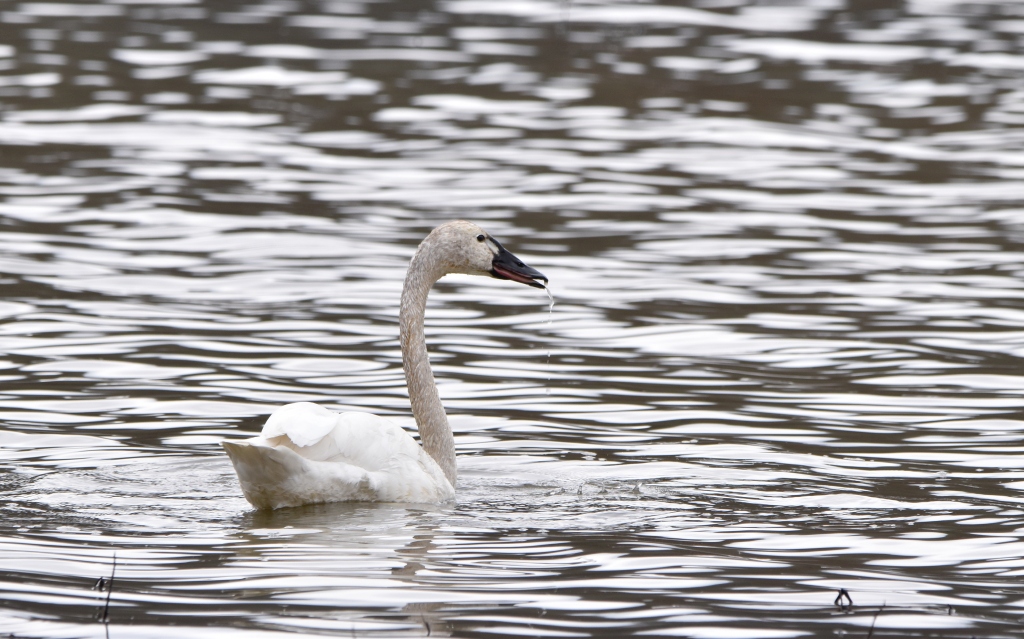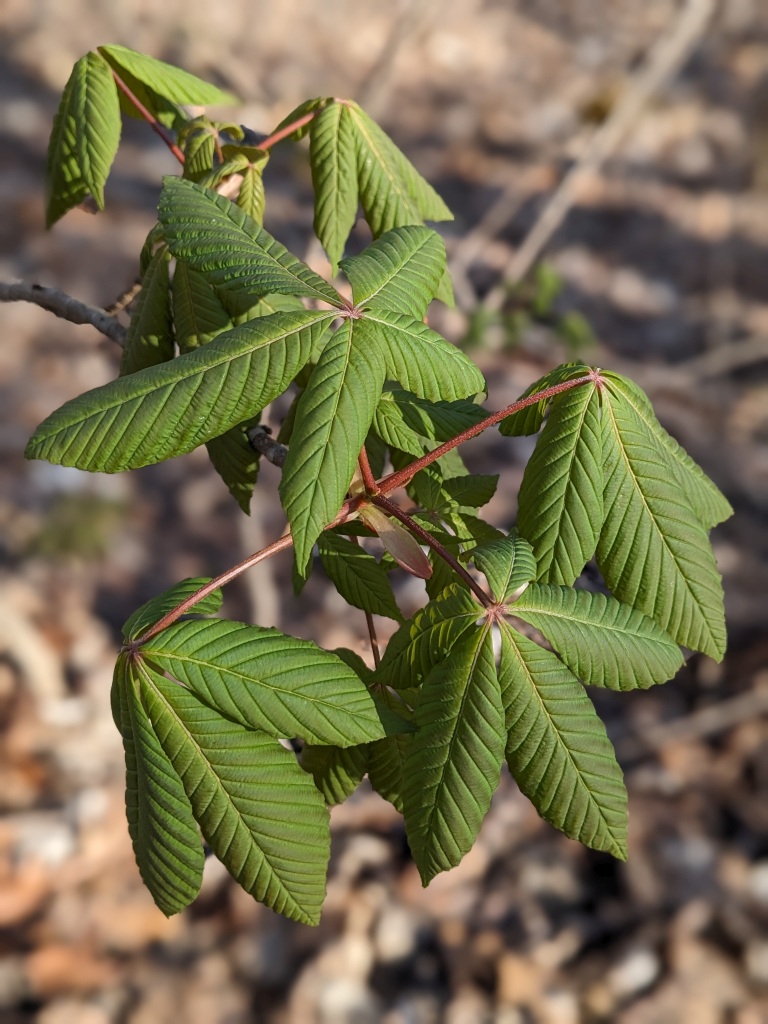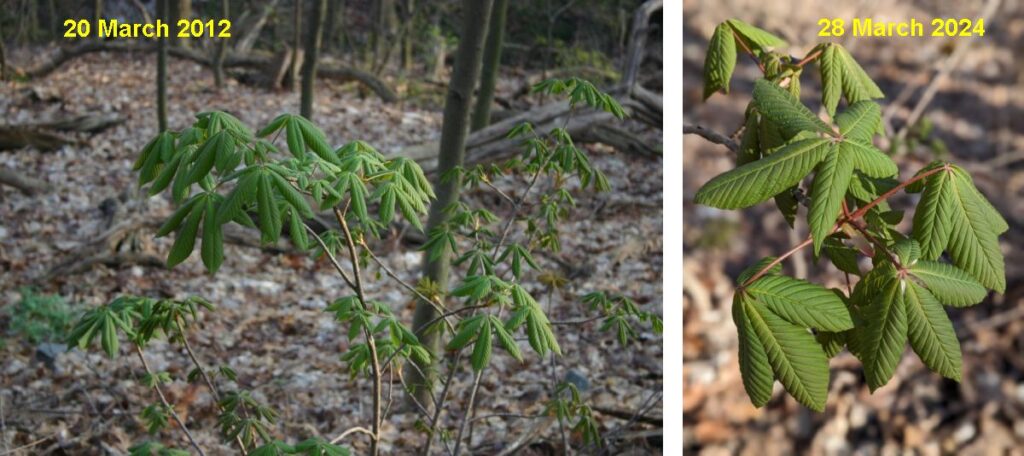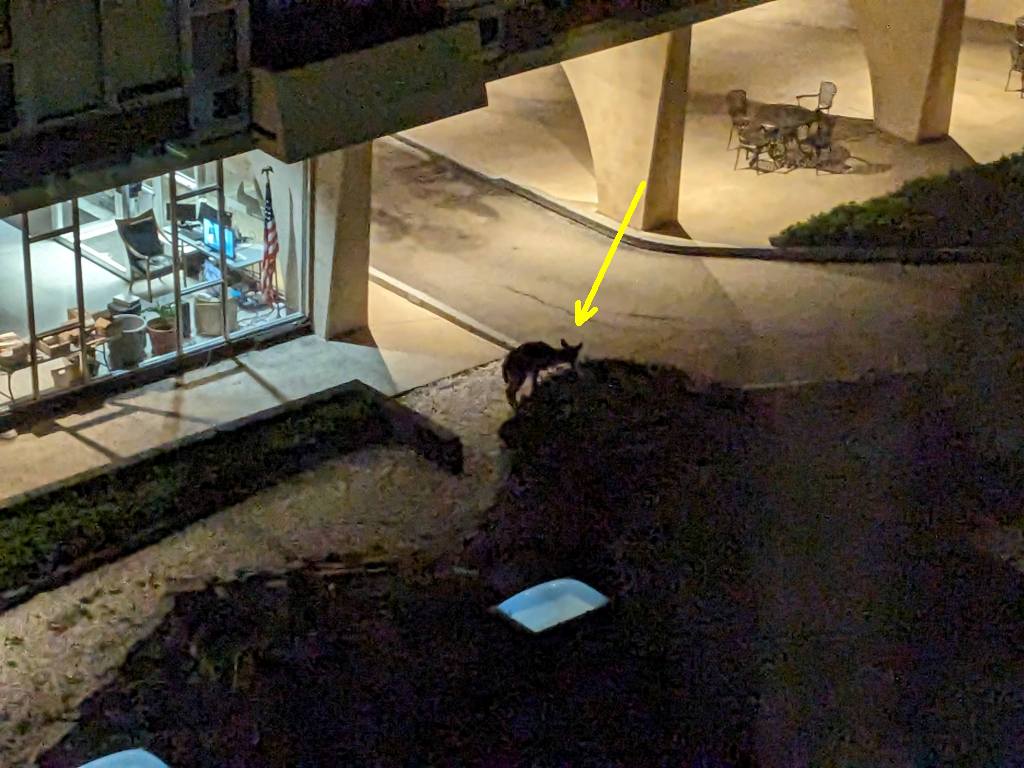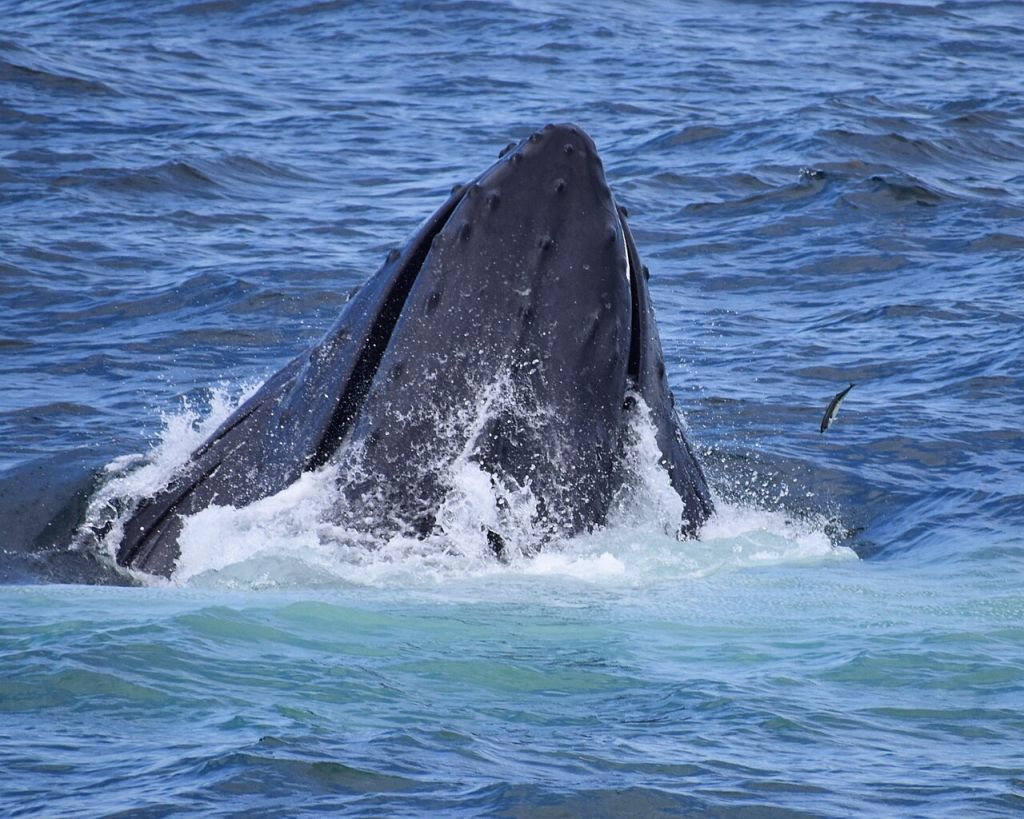
26 July 2024
On Tuesday off the coast of Rye, New Hampshire, small fish called menhaden or pogies (Brevoortia tyrannus) were running in big schools. Pogies are a favorite food of all the larger fish and those fish, plus a humpback whale (Megaptera novaeanglia), were out there to eat them. This attracted lots of human fisherman, too.
Suddenly the whale leapt out of the water to catch a mouthful of pogies and accidentally capsized a boat. No one was hurt and, amazingly, it was all captured on video.
USA Today explains why the whale jumped out of the water.
In the Tuesday morning incident in the ocean off Rye, the whale appeared to be lunging in a classic humpback fishing tactic, said Linnea Mayfield, a natural manager at Boston City Cruises, affiliated with the New England Aquarium, after viewing the video.
The whales blow large frothy bubbles in the water to help corral fish, then they lunge up through the bubbles to scoop up the fish, Mayfield said. The incident was almost certainly accidental, she said. Humpbacks have a blind spot, and it’s “very possible the vessel was in the animal’s blind spot as it came up to lunge and feed.”
— USA Today: A whale flipped a fishing boat with people on board. Experts think they know why.
Whale experts at NOAA and elsewhere think this was probably the young whale that’s been hanging out from nearby Maine to New Hampshire since early July and they’re working to identify it using photographs.
As the video explains this was a very unusual incident. The whale was probably as surprised as everyone else. I’m sure he learned a valuable lesson from the adventure.
